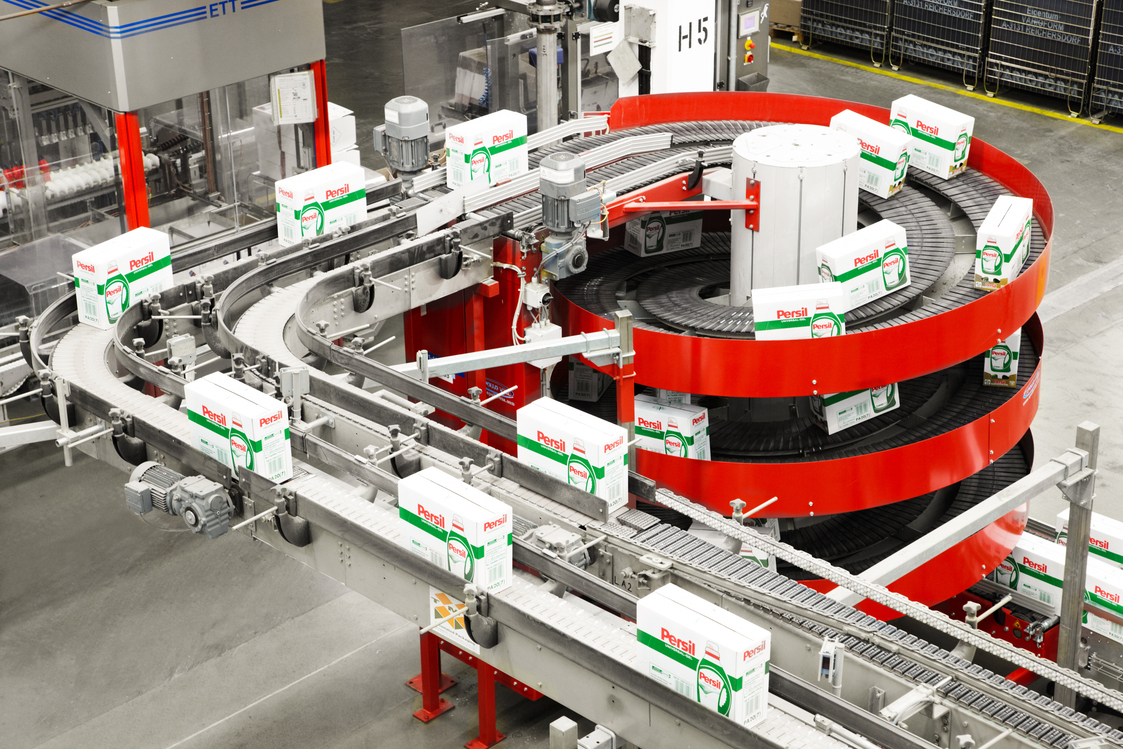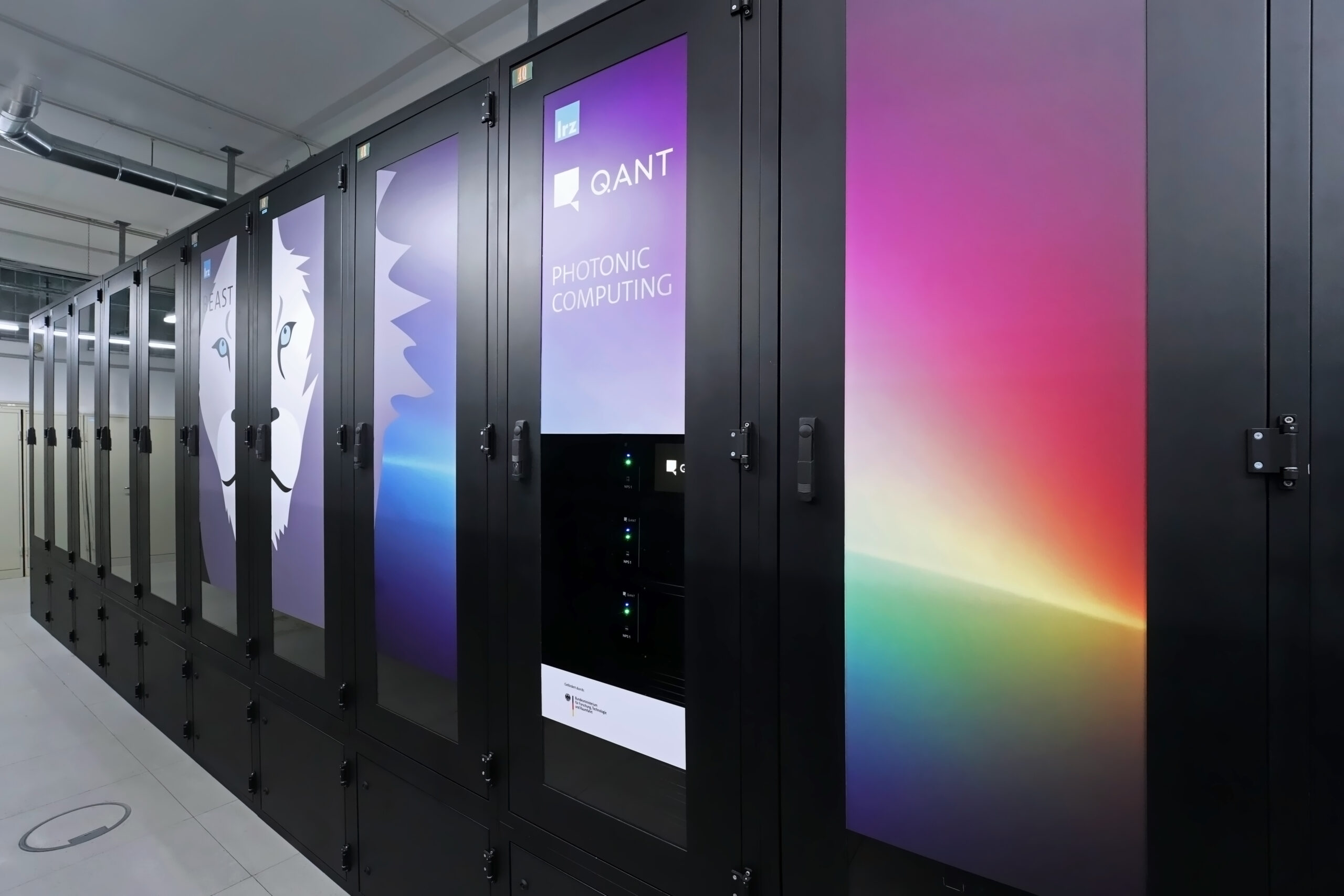When Henkel, a 146-year-old German conglomerate, installed an AI-powered digital forecasting system to help it predict demand more accurately, reduce inventory levels and optimize production plans, it was also faced with the challenge of convincing employees to use the new technology.
Although the predictive demand forecasting system worked well, management discovered that at the beginning employees were only using it for 20% to 30% of the portfolio and bypassed the majority due to lack of trust in the new black-box system.
“What we have learned is the main challenge is not the technology – it’s out there and you can buy it – it is much more the soft factors such as change management,” says Dirk Holbach, Chief Supply Chain Officer of Henkel’s global Laundry & Home Care supply chain. “You have to get both right and involve your teams in the transformation journey.”
Once the company, which specializes in adhesives, laundry and home care and beauty products, built employee trust in the technology and its full power was unleashed. Henkel said it achieved measurable benefits: a 20% increase in forecast accuracy, 50% reduced fluctuation in monthly production, 5% improvement in service level and 5% reduction of networking capital and inventory days. It has since rolled the technology globally, with more than 80% of the portfolio forecasted by the AI-engine.
Henkel’s success is an example of how manufacturers can use the power of data. It is one of the global companies participating in the World Economic Forum’s Unlocking Value in Manufacturing through Data Sharing initiative. “Supply chain resilience and environmental sustainability are increasingly becoming important drivers of competitiveness,” says Memia Fendri, the Forum’s Initiatives Specialist, Shaping the Future of Advanced Manufacturing and Value Chains. “Manufacturers are making ongoing step-change improvements in productivity, cost reduction and quality. Data is key to overcoming these challenges, improving existing operating models and enabling new value creation.
The Forum launched the initiative in collaboration with Boston Consulting Group (BCG). BCG conducted a survey of over 1300 manufacturing executives and found that 72% agree that data has become more important over the last three years. However, only 17% of the surveyed executives indicated they capture satisfactory value from data and analytics. “Most manufacturers have not yet fully realized data’s potential,” says Ruben Behaeghe, a BCG Project Leader seconded to the Forum.
To help more companies benefit, Henkel and other members of the Forum’s data sharing initiative co-developed a Manufacturing Data Excellence Framework, a tool that identifies high-value opportunities for data-driven applications within and across company boundaries as well as the technological and organizational enablers required to build and scale them.,
A white paper published in January entitled The Data Driven Journey Towards Manufacturing Excellence presents the framework plus trends, best-practices and tangible use cases demonstrated by organizations that co-developed and successfully applied the framework across their manufacturing facilities.
“We co-created this framework with a global community of manufacturing executives to raise awareness of the full range of data-powered applications, to understand what the success factors are and learn how to drive value,” says Fendri. “With the tool we have developed, and the help of this community, companies can understand where they stand currently and be part of a common initiative that involves pilots and partnerships that help progress the journey towards globally connected manufacturing data ecosystems.”
Henkel’s Data Journey
Henkel, which recorded over €20 billion in sales in 2021, helped the Forum build the framework. Two of its data initiatives are showcased in the Forum’s white paper.
Henkel operates a Laundry & Home Care business which has grown globally with well-known brands, such as Persil, Purex and Pril, and encompasses not just laundry detergents but laundry additives, dishwashing products, hard surface cleaners, toilet care, air care and insect control. The Laundry & Home Care products — a €6.6 million business — are produced in over 30 factories around the world. The adhesives and beauty care products divisions operate more than 100 factories.
The digitization of Henkel’s manufacturing process began in 2013 when the company started systematically connecting its factories. The “Digital Backbone” extracts machine and in-process manufacturing data globally from all factories. It took about two years to build the data platform, which serves as a kind of global nervous system and is used to build data applications within the factory. In 2017, it built the second pillar of its data strategy: “WellSpring” the equivalent of a digital brain that is built on highly scalable cloud technology that can analyze massive amounts of data to generate prescriptive insights. Lifelong learning and digital upskilling have played an important role in the company for years and employees have been prepared for the new tool. In addition to training workers, each factory has a single point of contact, who is responsible for a roadmap that outlines the factory’s digital transformation journey. Henkel says it has also put into place solid governance for teams to share best practices across factories.
Putting the right infrastructure in place and moving early to begin structuring its data allowed Henkel to push ahead with the implementation of the AI-powered digital forecasting system, says Tarun Rana, Henkel’s Senior Manager, Digital Transformation.
It also helped the company implement another use case: advanced route optimization. Henkel’s track and trace solution gather and analyzes data on more than 150 parameters, such as GPS, weather and traffic indicators, carrier, and lane information, to keep track of the current location of its freight and provide accurate real-time reporting of goods in transit. The application is deployed in North America and Europe, covering nearly 75% of global shipments. It uses a dynamic estimated time-of-arrival metric to optimize dock use and reduce detention on outbound freight. Dashboards provide visibility at the stock-keeping unit level while intelligent algorithms continuously optimize carrier and lane performance.
The system is integrated with enterprise resource planning and warehouse management systems. The result is a 12% reduction in logistics costs, a 50% reduction in customer penalties and >10pp on-time delivery improvement.
Henkel first tested the system in the U.S. “because the market is a bit challenging there in terms of customer expectations, weather and traffic disruptions and freight capacity shortages” says Rana. The company first started to track outbound customer deliveries with the help of an external company FourKites, a provider of supply chain tracking solutions. Once Henkel saw the value of this data, it started to incorporate this in its own internal application, developing applications such as tracking of internal raw material stock transfers for real-time planning.
“We work very closely together with external partners and experts to find the best data solutions for our business and leverage data-sharing partnerships in internal in-house built applications”, says Rana. The thinking is that if it simply uses the same third-party applications as its competitors, Henkel won’t have an edge.
Henkel did the same thing with its predictive demand forecasting. The company is using an application from E2Open, a provider of cloud-based, on-demand software for supply chains, and then started to jointly build in-house data products to complement the external application and maximize benefits for Henkel. This has helped massively in user adoption and building trust in the system, says Rana.
Dos and Don’ts
Holbach has some words of advice for manufacturers who want to unlock the value of data. First, make sure you have the right IT structure and architecture. Secondly, devise a framework that can help you set your priorities. ”We formulated a framework, deciding on which technologies and why,” he says. “Although it is an evolving system it helps us to not only frame the topic but also to focus our efforts.” Henkel uses an approach that Holbach calls bi-directional. “We are top-down in terms of what fields we invest in, but we also leverage the capacity of our teams to validate and improve on our decisions. It helps us to bring different solutions into the value chain,” he says.
Manufacturers need to manage their expectations, he cautions. “Not everything works,” says Holbach. Henkel tried to use drones in its warehouses. “It is not so easy to find the right technology,” he says. “It was a good learning exercise, but we didn’t roll it out.”
Holbach also warns that manufacturers should not try and do too many things at once. Pick a project with a narrow focus and conduct a proof-of-concept trial to build the business case. “If you do that it makes it easier to implement it fast at a global scale,” he says. “And don’t forget the people dimension. Include upskilling and training with your roll-out. It is a very important component. Without a certain amount of training and trust in the technology the benefits will be limited.”
This article is content that would normally only be available to subscribers. Sign up for a four-week free trial to see what you have been missing
For more of The Innovator’s deep dive articles click here.
T
“







